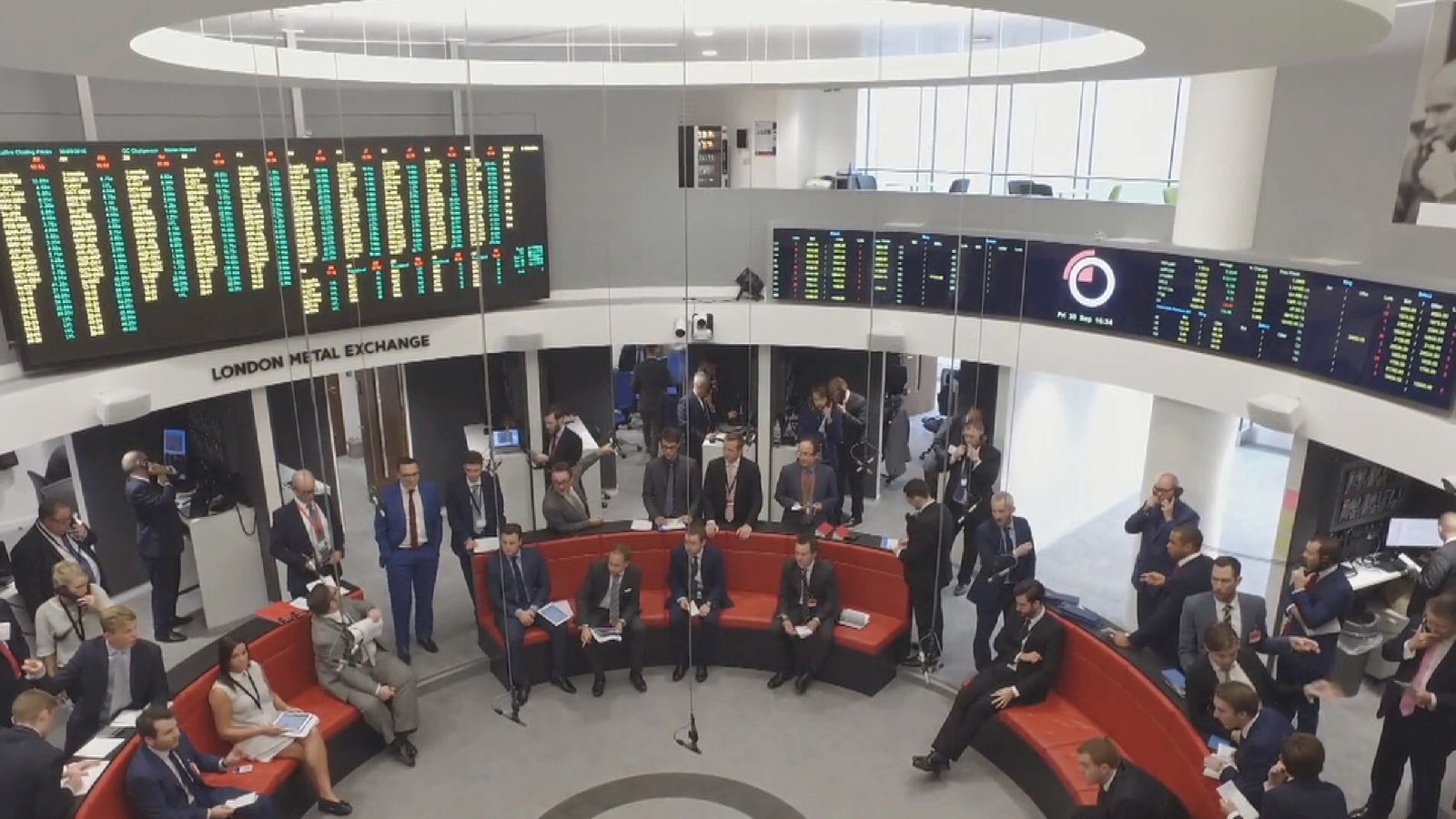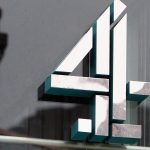The City’s last remaining open outcry trading floor has won a reprieve.
The London Metal Exchange said on Tuesday that trading at its iconic open outcry floor, known as the Ring, would resume on 6 September this year.
Ring sessions – which last for five minutes at a time and which see traders seated on padded red leather couches interacting by voice and with hand signals as they buy or sell commodities like copper and aluminium – were suspended on 23 March last year.
The suspension, due to COVID-19 social distancing protocols, was the first since the second world war. Ring sessions have been taking place in their current form at the LME for 144 years.
The exchange subsequently consulted on making the closure permanent, arguing that the forced migration to digital trading had been a success.
But today, publishing the results of that consultation, the LME – which was bought for £1.4billion in 2012 by the owner of the Hong Kong Stock Exchange – said it had had a change of heart.
The exchange said it had received a record 192 responses, reflecting the importance and complexity of the issues addressed, with a wide range of views expressed.
It added: “The electronic discovery of official prices has worked well during the pandemic period. However, smaller physical [market] participants, who are particularly focused on the lunchtime official prices, have expressed a preference for prices to be discovered in the Ring.”
Matthew Chamberlain, the LME’s chief executive, said: “We are pleased to be advancing plans today which we believe will allow us to evolve our market as a unified community.
“The divergent views in response to the discussion paper were particularly apparent between traditional participants and some smaller physical clients on the one hand, and our larger merchant trader and financial participants on the other.
“However, respondents were constructive in proposing approaches to reconcile these differences, respecting the differing needs of the LME community, and preserving the unique and mutually beneficial blend of physical and financial market liquidity, which makes our market so special.”
The LME said that, while official prices during the middle of the day would be established during Ring sessions, its official closing prices would from now on be settled electronically as they have been during the last 15 months. It said that financial participants in the market and many larger physical metal users, who are more focused on the closing price at the end of the day, had made clear they preferred electronic pricing.
And, significantly, it stressed Ring sessions would only continue “subject to continued support” from so-called ‘LME Category 1 members’ – the nine firms, including ED&F Man, Marex Financial and Societe Generale International, which enjoy the exclusive right to trade LME contracts by open outcry in the Ring.
That has raised suspicions in some quarters that the reprieve may only prove temporary.
If this looks like a compromise – it’s because it is.
As Mr Chamberlain’s comment suggests, there is a big division between market participants, with the big physical traders and financial players – such as the hedge funds – on one side and the smaller physical metal traders on the other. The latter prefer physical trading in the Ring because it enables them to hedge prices for specific dates in the future that they are able to set themselves.
This is something unique to the LME: other exchanges settle futures contracts (where a buyer agrees to take delivery of a commodity or security at a set date in future) on standard dates fixed one month or three months into the future. The LME’s approach, tailored to the requirements of the metal trade, was recently likened in the pages of the Financial Times to a scalpel rather than a Bowie knife.
Among those who opposed closing the Ring was the Institute of Scrap Recycling Industries (ISRI), which represents some 1,300 companies around the world involved with metal and commodity recycling. It argued that doing so could have prevented LME Category 1 members from extending credit to its members which, given the time involved in collecting and transporting metal, is essential.
Some LME participants also argued that pricing has been more volatile since Ring sessions were suspended.
The LME’s decision will hearten City traditionalists. Open outcry has been giving way to electronic trading for decades.
Floor trading at the London Stock Exchange was swept away as long ago as 1986 by the ‘Big Bang’ reforms brought in by Margaret Thatcher.
It came to an end at the old London International Financial Futures Exchange (LIFFE), which was famous for the bright-coloured jackets of its brokers and the yellow jackets of their runners, in 2000. The International Petroleum Exchange followed in 2005.
It has been a similar story elsewhere around the world. CME Group, owner of the Chicago Mercantile Exchange and which until March last year operated 11 trading pits, said last month that all but one of them would be closing. That leaves a handful of trading pits at the Chicago Board Options Exchange (CBOE) – while the New York Stock Exchange’s trading floor in Manhattan remains the last physical US stock trading venue.
But this was far more than a row between modernisers and traditionalists.
The LME has not reached this decision for sentimental reasons – and it may prove equally unsentimental about the Ring in future.






















